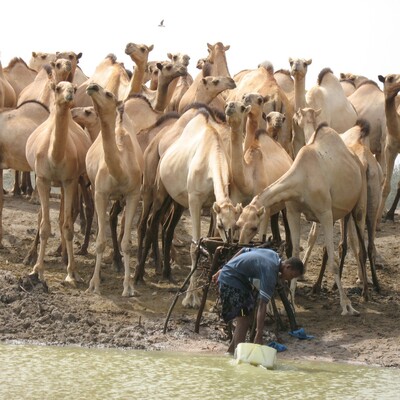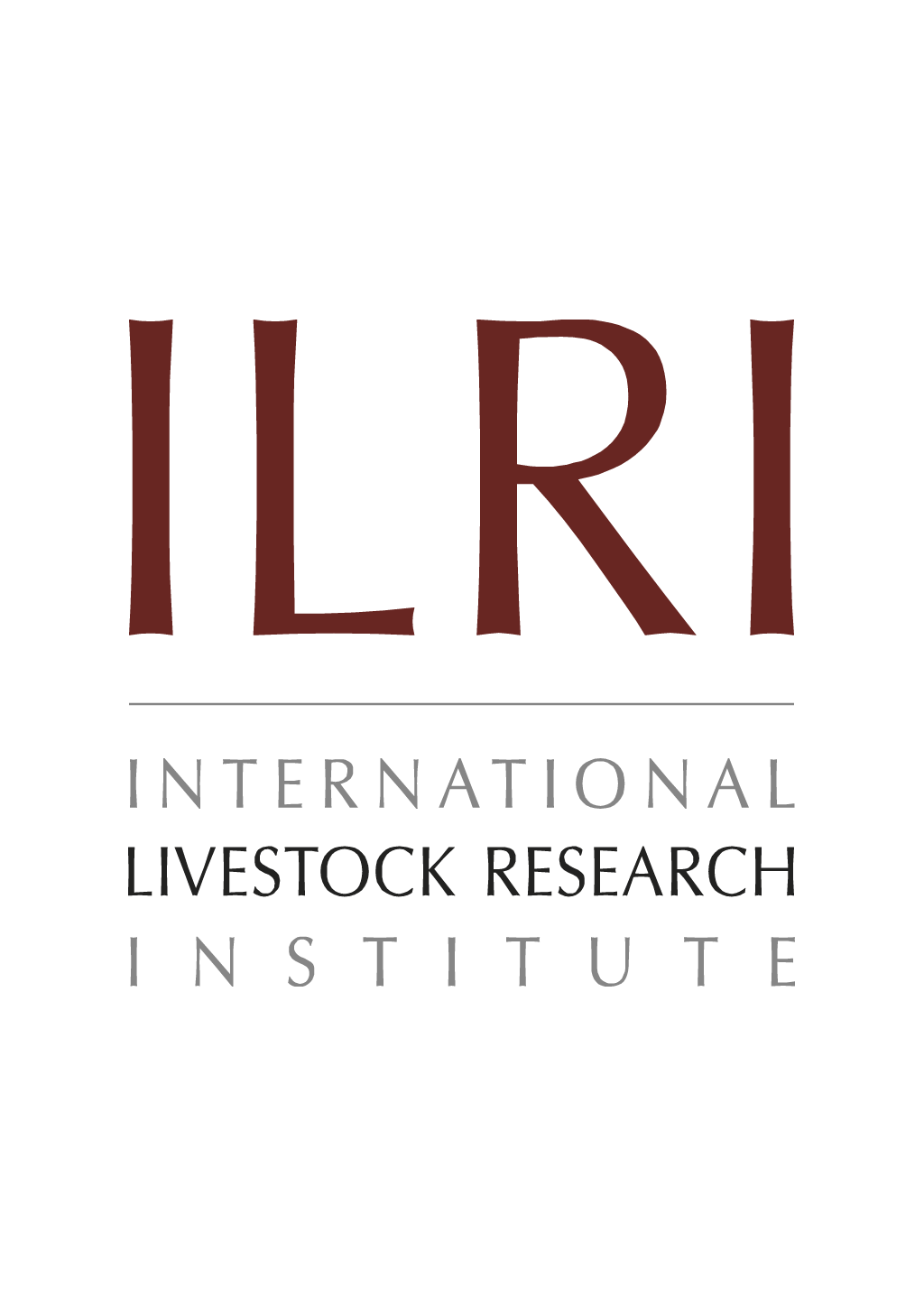
Quantitative phenotyping of N'Dama cattle for aspects of trypanotolerance under field tsetse challenge
Abstract
Matching animal health and performance data were recorded over the 2 year period from weaning at 10 months of age on 225 N'Dama cattle in a high natural tsetse challenge situation in Zaire. Four parameters that are regarded as possible indicators of trypanotolerance, species of trypanosomes detected, length of time parasitaemic, intensity of parasitaemia (parasitaemia score), and anaemic conditon as estimated by packed cell volume (PCV) values, were measured and the relative effects of changes in these parameters on trypanocidal drug requirements and growth were directly measurable. In the case of the other three indicators, the effects on drug requirements and growth that would be brought about by a change of one standard deviation in each were calculated. This allowed comparison of similar sized changes in these three indicators that are of necessity recorded in dissimilar units. Trypanosoma vivax and Trypanosoma congolense infections had equal effects on the number of trypanocidal drug treatments required, an aveerage of 0.61 treatments being administered to each infected post-weaner. A reduction of one standard deviation (SD) in length of time infected reduced the number of treatments required by 0.23 of 36 percent and an increase of 1 SD in PCV reduced the number required by 0.27 or 43 percent. Changes in parasitaemia score were not important. In the case of growth, a T. congolense infection reduced growth by 12.4 g day -1 or 8 percent more than a T. vivax infection. A reduction of 1 SD in length of time infected increased growth by 9.8 g day -1 or 6.5 percent, a reduction of 1 SD in parasitaemia score increased growth by 9.0 percent day -1 or 6.0 percent, and an increase of 1 SD in average PCV increased growth by 8.4 g day -1 or 5.6 percent. The necessity to simultaneously measure the four criteria is clearly indicated by their approximately equal effects on the final performance trait of daily liveweight gain. Thus, absence of information on any of these criteria would significantly affect the accuracy of the estimate of an animal's overall trypanotolerance phenotype in this central African situation and reduce the progress possible in production projects involving N'Dama cattle.
Citation
Veterinary Parasitology;55(3): 185-195




